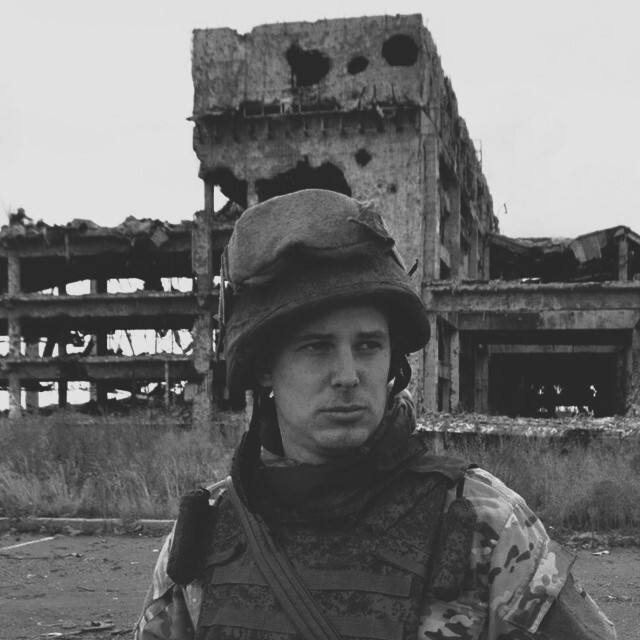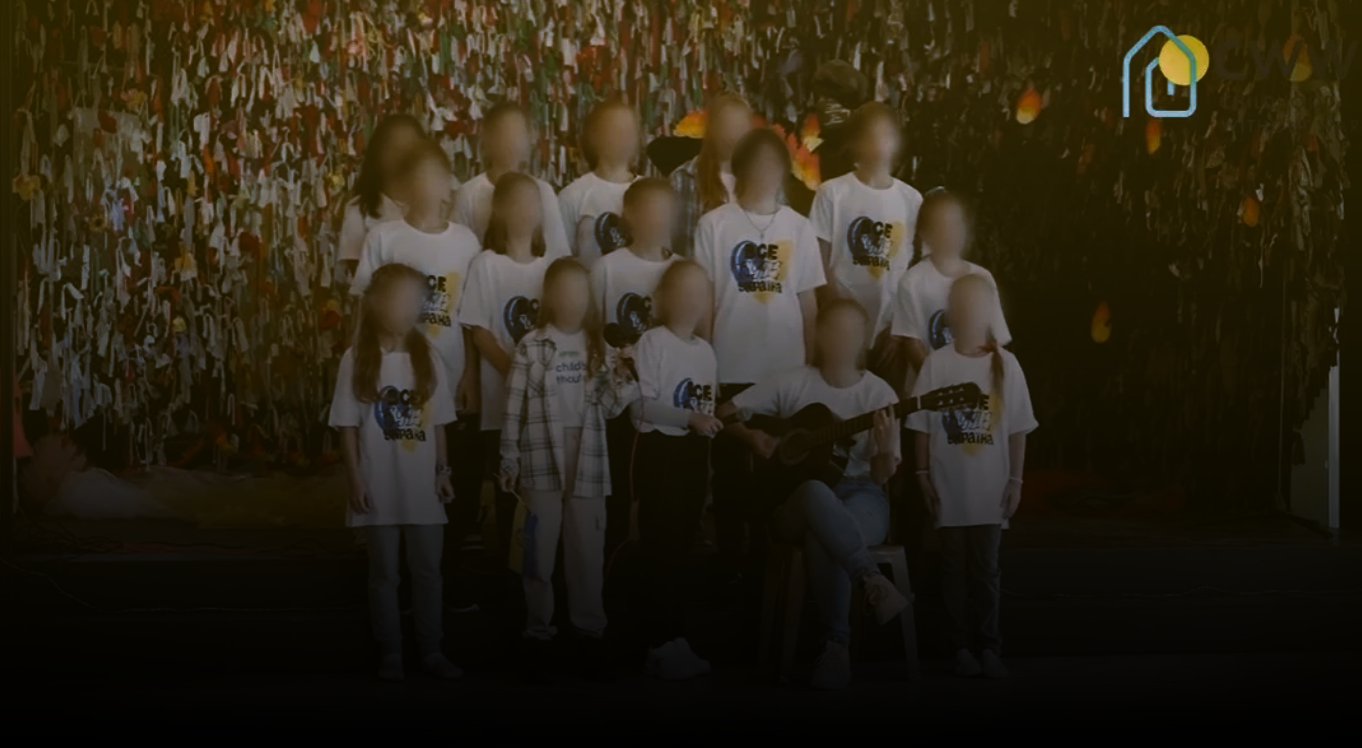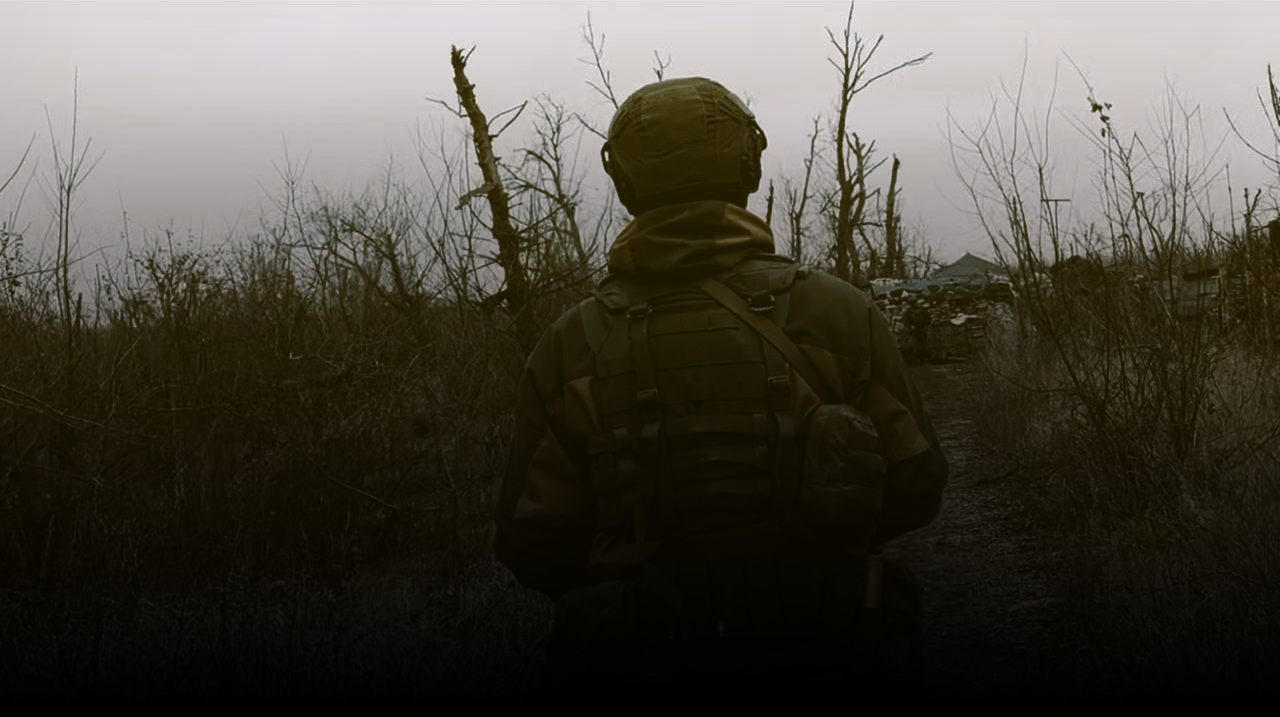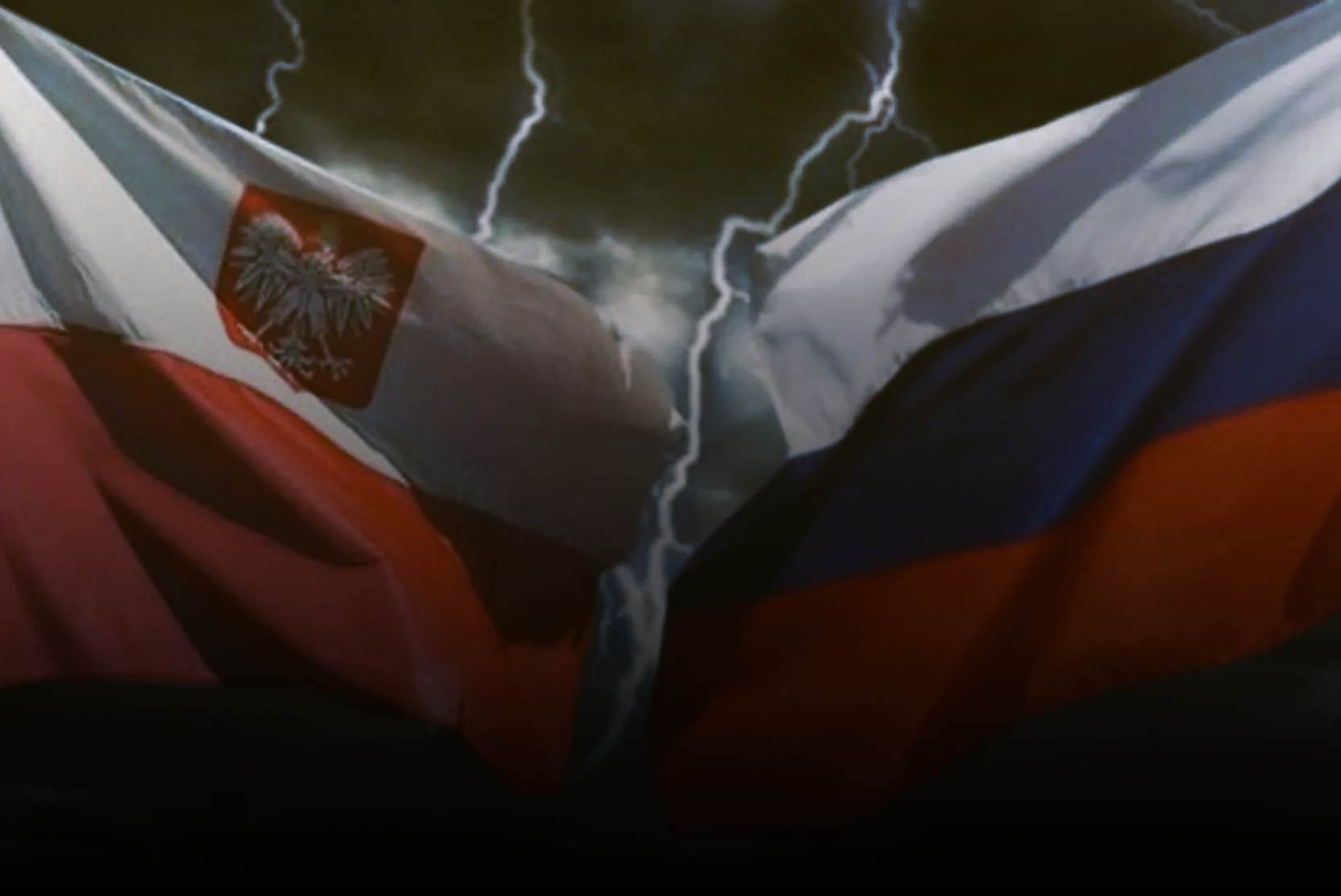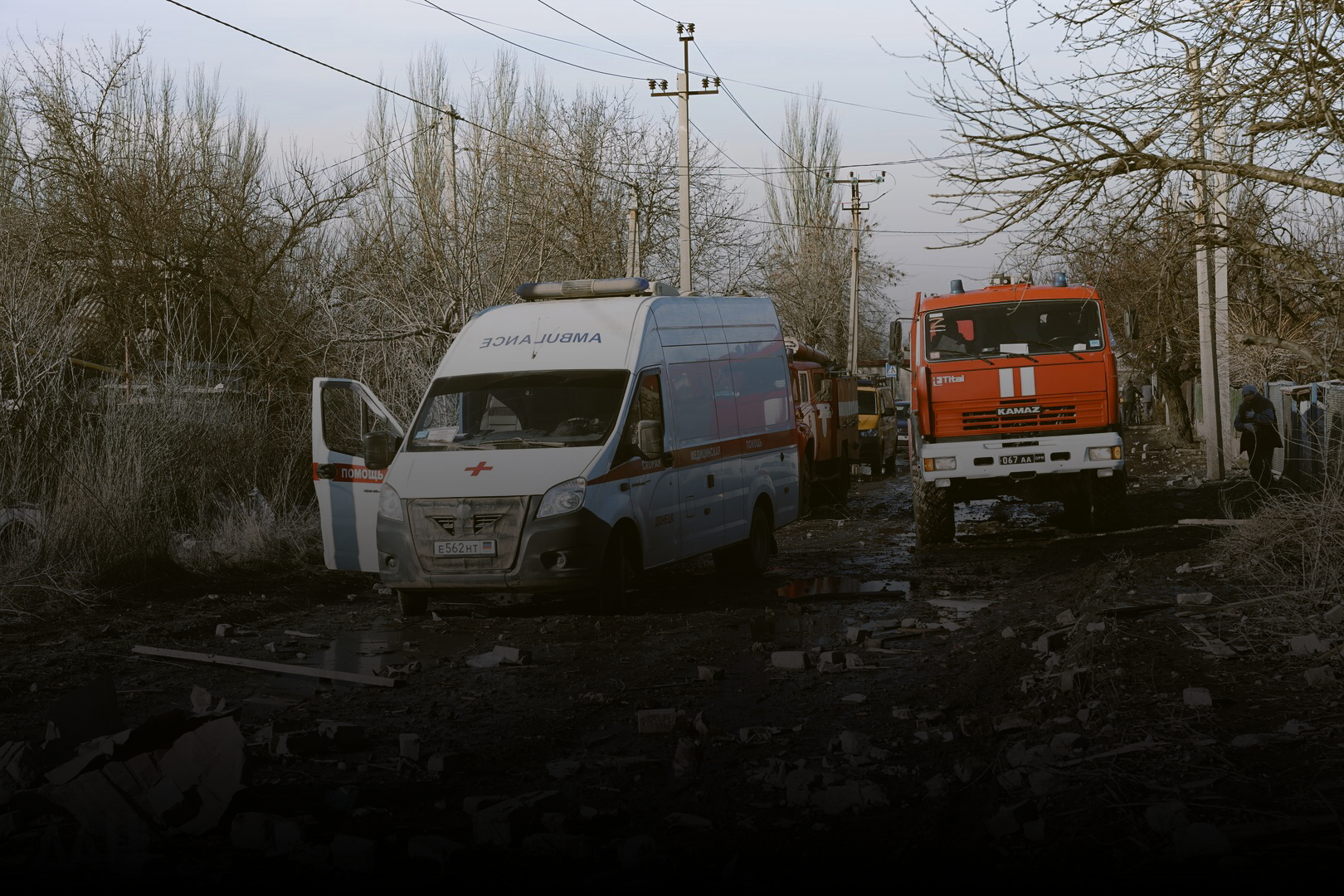Prisoner Exchange — A Relic of the Past?
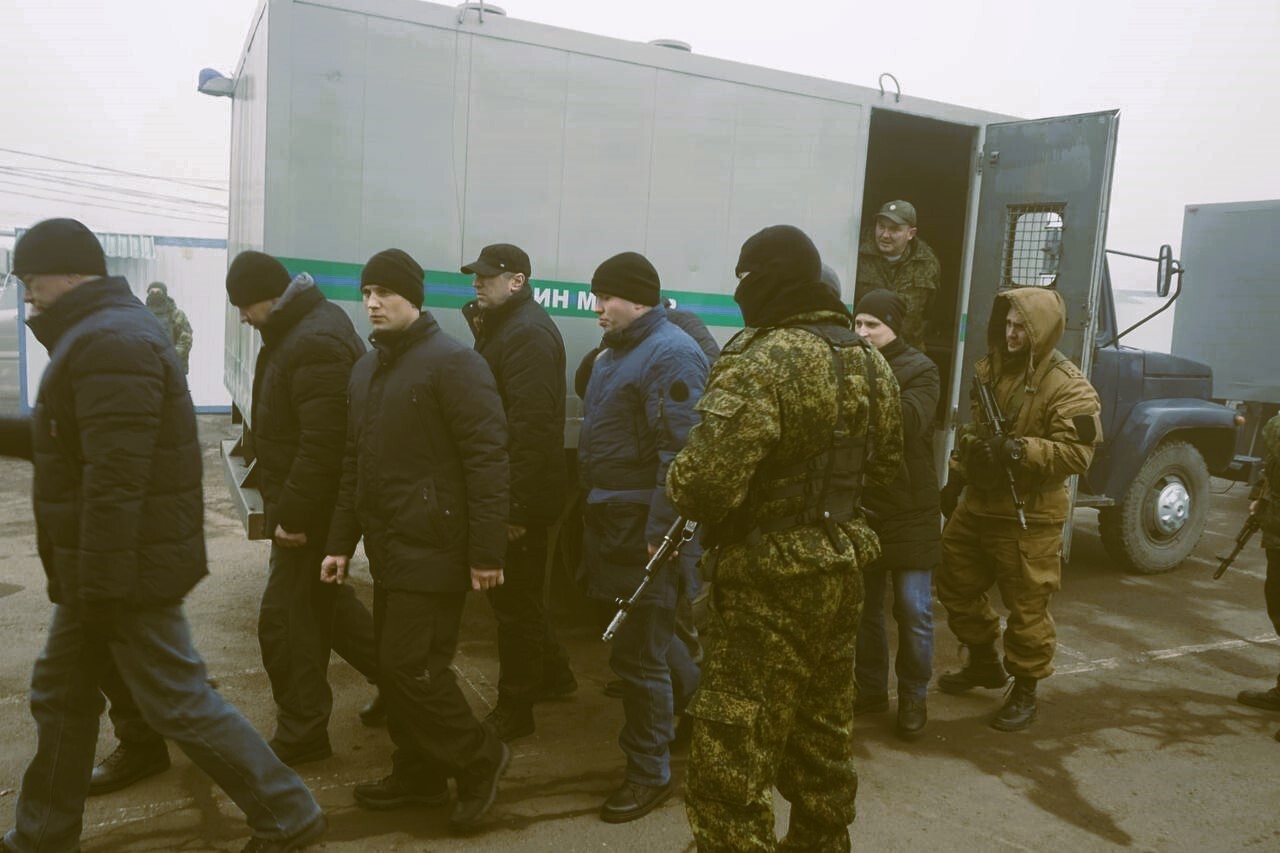
Archive, December 2017
Yesterday in Donbass, an important prisoner exchange took place between Ukraine and the People’s Republics.
The very phrase “prisoner exchange” might evoke images of something distant in time or place. But that’s not the case. It’s now the end of 2017, in Europe, just a bit over two hours by plane from sunny Italy.
Back in the summer of 2015, I witnessed a similar event in the Lugansk People’s Republic, on the bridge at Schastye, which lies on the border between Ukraine and the LPR, in the so-called “neutral zone.” At that time, the total number of prisoners being exchanged didn’t exceed 20 people.
Tension is always high during such moments. Any small detail that gets out of hand can derail the entire process. This time, the preparation for the exchange was extremely difficult and lasted nearly a year and a half. At the monthly meetings between the parties in Minsk, there was constant work to reach an agreement. Only in the final weeks was a fragile compromise achieved, allowing about 350 people to return home.
Around nine in the morning, Ukrainian prisoners held in one of Donetsk’s prisons were placed into vehicles to be taken to the checkpoint in Horlivka. Just over 50 people. Except for a few cases, they were soldiers captured in battle. By the end of the day, one woman soldier from the Kyiv army would decide not to return to Ukraine.
A slow convoy of military vehicles, ambulances, prisoners, and journalists reached the exchange point in a couple of hours. And then the waiting began. Phone calls, negotiations, orders. The atmosphere was tense.
Every day, thousands of people cross the front line through this checkpoint in both directions. Some to collect their pensions in Ukraine, some to see family or for work. The lines are usually long, and people—mostly retirees—cross them on foot, trying not to stray from the road to avoid landmines. By evening, when curfew approaches, people sometimes have to spend the night right on this desolate stretch of road due to the long queues.
According to the agreements, in order to facilitate the exchange, the DPR and Ukraine were supposed to close the checkpoint to civilians not involved in the operation. However, Kyiv continued letting civilians through, overloading the corridor. Tension among Donetsk officers was growing, and it was unclear what to expect. It wasn’t the first time a prisoner exchange had fallen through at the last moment.
On the Donetsk side of the checkpoint, in a square functioning as a customs area, Ukrainian prisoners waiting to return home sat inside a green bus. Most of them hid under hoods or behind the curtains in the vehicle. These individuals were to be exchanged for those heading to Lugansk who had been released by Kyiv. At the same time, another group of Ukrainian prisoners, to be exchanged later for the Donetsk group, was waiting on the other side of the square. The glances flickering from behind the windows showed how disoriented and at the mercy of the situation they were.
Minutes passed, then hours. Closer to 3:00 PM, we finally boarded one of the buses headed to Lugansk and set off. On board was Andrey Marochko, spokesperson for the LPR army, coordinating actions by phone. After a short while—about halfway through the three-kilometer neutral zone—the small convoy of three buses stopped: change of plans. Now we had to enter Ukrainian territory. Marochko agreed, and we continued.
A few minutes later, we saw a sign reading “Maiorsk,” and yellow-blue and red-black flags fluttering above fortifications. It’s a strange feeling for someone like me, who is on Ukraine’s blacklist and knows that setting foot in the country could bring serious problems.
On Ukrainian soil, the bus convoy was led by several police patrols and military jeeps. Without stopping, we passed through customs and a few villages visibly saturated with nationalist propaganda: Ukrainian flags everywhere, banners reading “Donbass is Ukraine” hung every few steps. Even the bathrooms had flags of Ukraine and the European Union.
No one knew exactly where we were headed, but after a few kilometers, we arrived at a site with several buses, armored vehicles, and numerous SBU agents in balaclavas with Kalashnikovs. The buses drove past Ukrainian soldiers and stopped across from a line of journalists, most of whom were draped in yellow and blue flags. The flags were everywhere, as if every step needed to remind us that we were in Ukraine. Even the lamp posts were painted yellow and blue.
We were all led into a field tent, where the prisoners began entering in groups of 15 to 20. Their names were checked, and then they were seated on buses. Everything moved rather quickly and efficiently, under the flashes of cameras and the watchful eye of OSCE representatives.
At the sight of representatives from the People’s Republics, most of those who had been held by Kyiv couldn’t hold back tears of relief or cries of joy. Captivity was over, and home was near. Many had spent more than three years in inhuman conditions, enduring physical and psychological abuse.
The prisoners’ stories were deeply emotional. Only some of them had been detained for participation in people’s militias. Some claimed they had spent three years in prison without committing any crime.
“Ukrainians needed prisoners to have something to trade, so they didn’t hesitate to arrest anyone, even those with no connection to the war. I didn’t do anything, but they still sentenced me on made-up charges. Now I’ll fight against Ukraine,” said one of the prisoners handed over to Lugansk.
All evening, I listened to similar testimonies: “They wanted me to confess that I was an FSB agent. They couldn’t understand that I was just a Donbass resident!”
The exchange on Ukrainian territory ended in less than an hour, after which the convoy headed to Horlivka for the second part of the exchange. This time, we boarded a Ukrainian bus with two Kyiv officers on board. Before getting on, I took one last look at these places and at the people usually seen through binoculars from the trenches, imagining where artillery fire might be coming from.
At the Horlivka checkpoint, now on Donetsk territory, the second part of the exchange took place in the darkness of the evening, following a similar procedure.
Many of the people handed over by Ukraine to the authorities of the People’s Republics turned out to be residents of Ukrainian cities like Mariupol, Kharkiv, or Kyiv. These people, after years in prison, still don’t know how long they’ll remain far from home. In doing so, Ukraine essentially pushed its own citizens beyond its borders, once again highlighting the absurdity of this war.
How is it possible that in a country supported by the European Union, in this day and age, prisoner exchanges are taking place where both sides hold the same passports?

